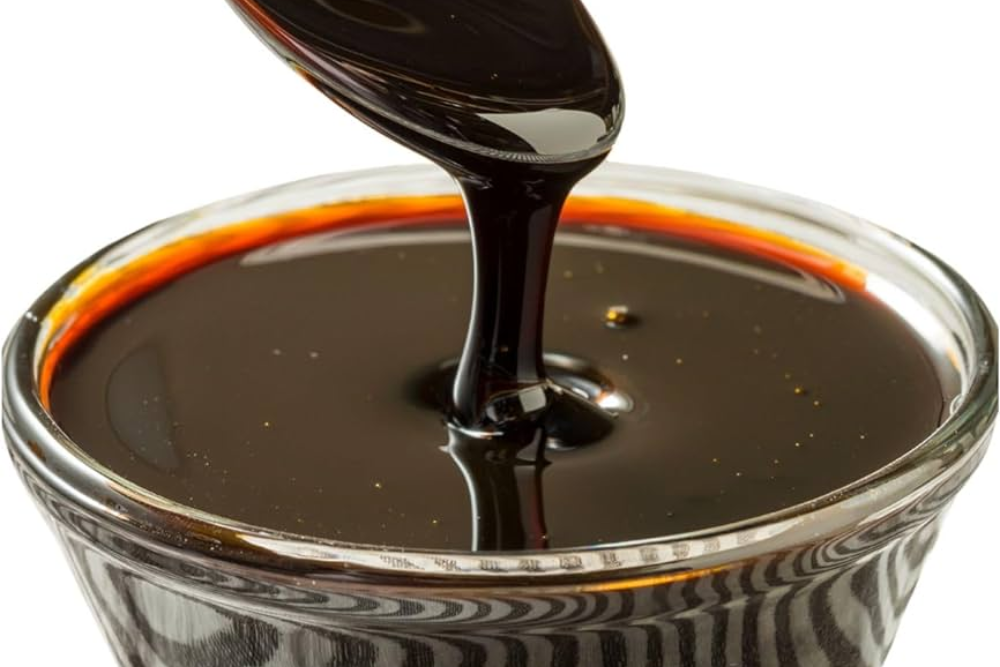Molasses – Byproduct of Sugar Processing
Molasses is a thick, viscous byproduct obtained during the sugar manufacturing process, specifically after the crystallization of sugar is no longer economically feasible. Rich in uncrystallized sugars and organic nutrients, molasses serves as a valuable raw material across various industries, especially in alcohol production and chemical manufacturing.
It primarily consists of sucrose, reducing sugars, and soluble solids, and is classified into Grade I, II, III, and Below Grade based on its reducing sugar content:
-
Grade I: Reducing sugars above 50%
-
Below Grade: Reducing sugars below 40%
The commercial quality of molasses is determined by parameters like Brix (Total Dissolved Solids) and TRS (Total Reducing Sugars), which are key indicators for industrial usage and pricing.
Industrial Applications
Molasses is widely fermented in distilleries to produce ethyl alcohol and other bio-based chemicals. In India, over 1.7 billion liters of liquor are produced annually using 75–80% of the nation’s molasses. While the unrestricted use of molasses for beverage alcohol is controlled for social reasons, its role in chemical synthesis remains vital.
India leads the world in using sugarcane molasses as a feedstock for the production of:
-
Ethyl Alcohol
-
Acetaldehyde
-
Acetic Acid
-
Polyvinyl Chloride (PVC)
-
Mono Ethylene Glycol (MEG)
Typical Composition of Molasses
| Parameter | Unit / Range |
|---|---|
| Sucrose | 30 – 35% |
| Reducing Sugars | 10 – 15% |
| Ash | 10 – 12% |
| Total Sugar (% dry solids) | 55 – 60% |
| Nitrogen | 0.15 – 0.25% |
| Gums | 0.05 – 3.5% |
| CaO (Calcium Oxide) | 1.0 – 1.5% |
| SO₄ (Sulfate) | 1.2 – 3.5% |
| P₂O₅ (Phosphorus Pentoxide) | 0.25 – 0.30% |
| pH | 5.4 – 5.7 |
| Total Organic Non-Sugar | 15 – 20% |
| Unfermentable Reducing Matter | 1.5 – 2.5% |

